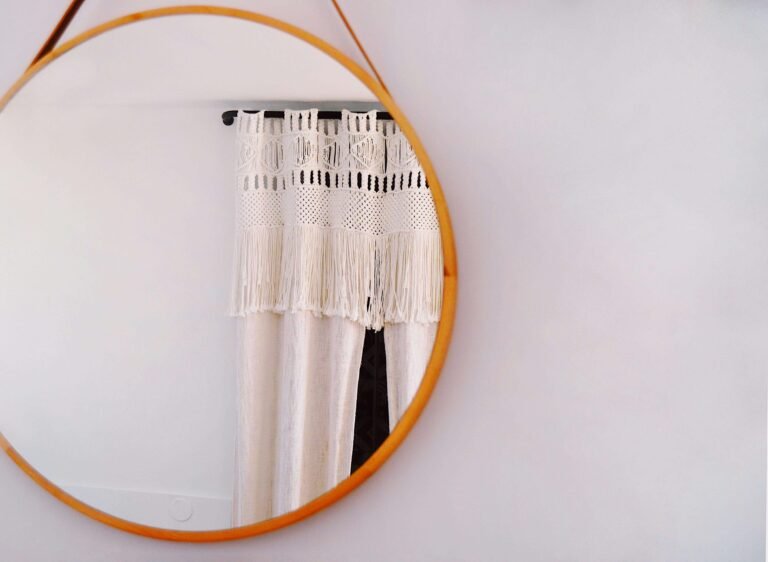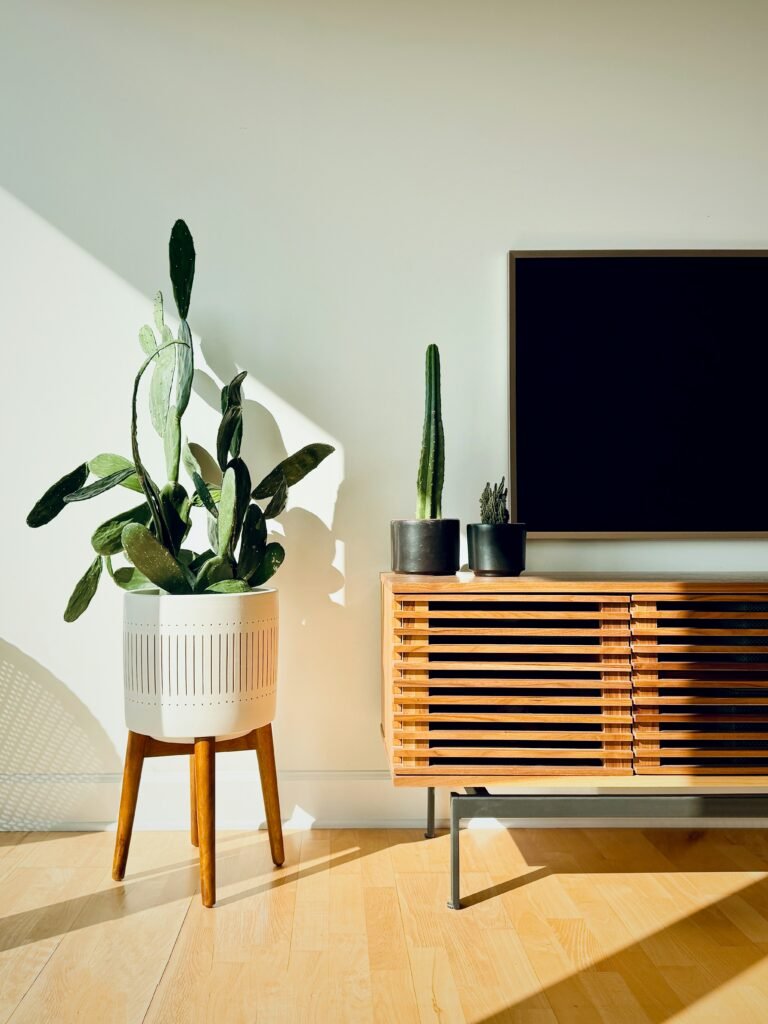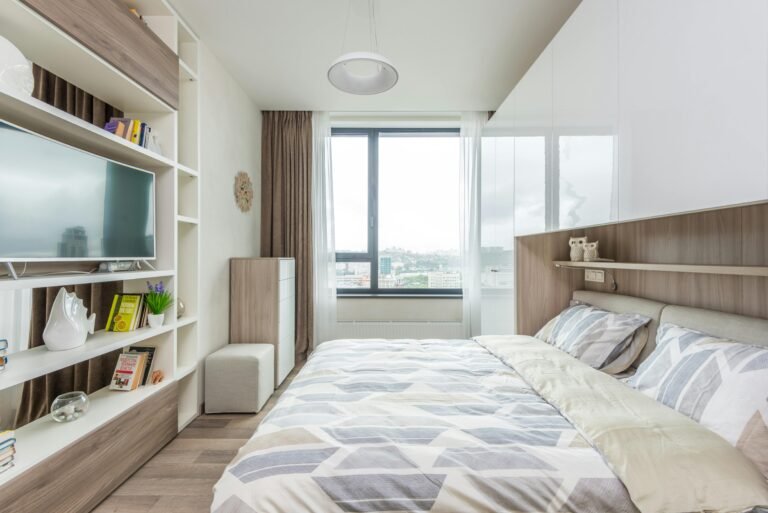Mirrors have long been cherished in interior design, evolving from simple tools to impactful decor within our homes. For centuries, these reflective surfaces have graced walls, offering more than just our reflection; they actively shape and enrich our spaces. Their enduring appeal stems from this dual role: practicality intertwined with the ability to significantly alter a room’s feel.
The transformative power of mirrors lies in their unique optics. They can manipulate light and create the illusion of greater space. Strategically placed, a mirror can amplify natural light, brightening dim areas and giving smaller rooms an airy feel. Their reflective surfaces also cleverly trick the eye, adding depth and visual interest that can make confined spaces feel significantly more open.
Whether you prefer ornate antique frames with historical charm or clean, modern designs reflecting current tastes, the perfect mirror exists to enhance your decor. More than just wall art, a carefully chosen mirror can capture attention and become the focal point of any room, drawing the eye and reflecting not only light and space but also the homeowner’s individual style. Mirrors have been a staple of home decor for centuries, and for good reason. Beyond their practical use, mirrors can transform spaces, creating illusions of depth and light. From ornate antique pieces to sleek modern designs, we’ll explore how the right mirror can become the centerpiece of any room.
Table of Contents
The Historical Significance of Mirrors
Mirrors have fascinated humans since ancient times. From polished obsidian in Anatolia to mercury-backed glass in Renaissance Venice, mirrors have evolved significantly. They’ve been symbols of wealth, tools for self-reflection, and integral elements of interior design.
The Functional Benefits of Mirrors
- Amplifying Light: Mirrors reflect both natural and artificial light, brightening dark corners and making spaces feel more open.
- Creating Illusion of Space: Strategically placed mirrors can make small rooms appear larger and more spacious.
- Enhancing Views: Mirrors can capture and reflect beautiful views, effectively “doubling” the visual impact of windows or artwork.
- Practical Uses: From checking appearances to serving as backdrops for dressing areas, mirrors serve many practical functions in daily life.
Mirrors as Design Elements
1. Statement Pieces
Large, ornate mirrors can serve as focal points in living rooms or entryways. Antique gilt-framed mirrors or oversized leaning mirrors can add drama and elegance to any space.
2. Gallery Walls
Groupings of smaller mirrors in various shapes and sizes can create an artistic display, similar to a gallery wall of paintings.
3. Geometric Designs
Modern interiors often feature mirrors in interesting geometric shapes – circles, hexagons, or asymmetrical forms – adding visual interest to minimalist spaces.
4. Mirrored Furniture
Dressers, side tables, or even entire walls covered in mirrors can add glamour and the illusion of more space to bedrooms or dining areas.
Placement Tips for Maximum Impact
- Entryways: A mirror near the front door provides a last-minute check before leaving and welcomes light into often narrow spaces.
- Living Rooms: Place mirrors to reflect windows or beautiful decor elements, effectively doubling their impact.
- Dining Rooms: A large mirror can make a dining area feel more spacious and reflect candlelight for a romantic atmosphere.
- Bedrooms: Full-length mirrors are practical for dressing and can make the room feel larger.
- Bathrooms: Beyond vanity mirrors, decorative mirrors can add style and the illusion of space to small bathrooms.
Choosing the Right Mirror
Consider these factors when selecting a mirror:
- Size: Ensure the mirror is proportional to the wall space and surrounding furniture.
- Style: Match the mirror’s frame to your decor – ornate for traditional spaces, sleek for modern rooms.
- Shape: Experiment with shapes that complement your room’s geometry.
- Placement: Think about what the mirror will reflect – aim for pleasing views and light sources.
Care and Maintenance
To keep your mirrors looking their best:
- Clean regularly with a lint-free cloth and glass cleaner.
- Avoid placing mirrors in direct sunlight to prevent damage to the backing.
- Be cautious with heavy or oversized mirrors – ensure they’re properly mounted for safety.
Conclusion
Mirrors are more than just reflective surfaces; they’re powerful design tools that can dramatically transform your living spaces. Whether you’re aiming to brighten a room, create the illusion of more space, or simply add a touch of elegance, the right mirror can achieve these goals and more. By understanding the various ways mirrors can be incorporated into your decor, you can harness their transformative power to enhance the beauty and functionality of your home.
If you liked this article, check out these Mirrors on Amazon:
As an Amazon Associate, I earn from qualifying purchases.
Explore this topic: DIY
Last updated on August 7, 2025








